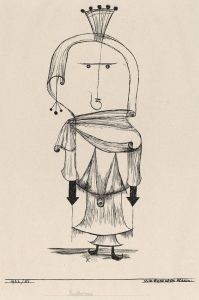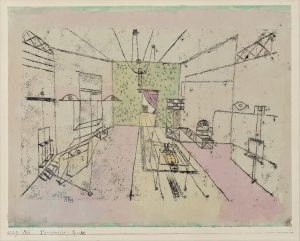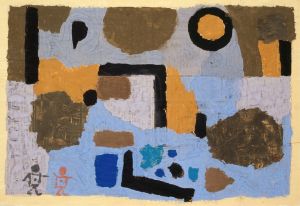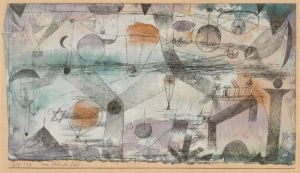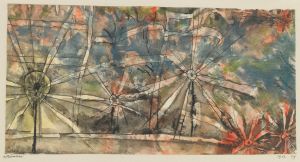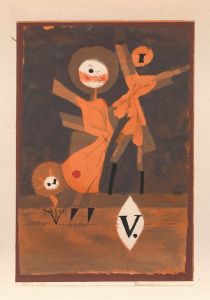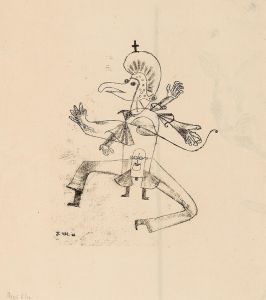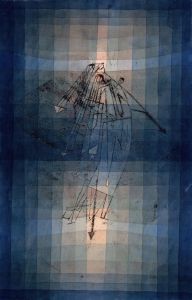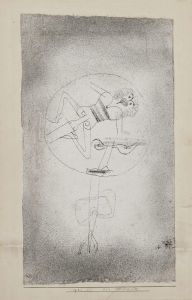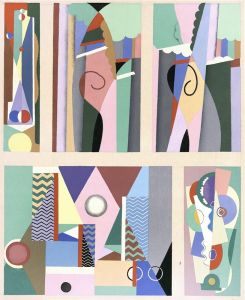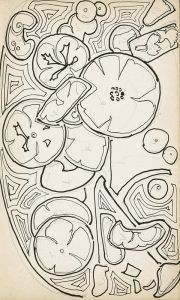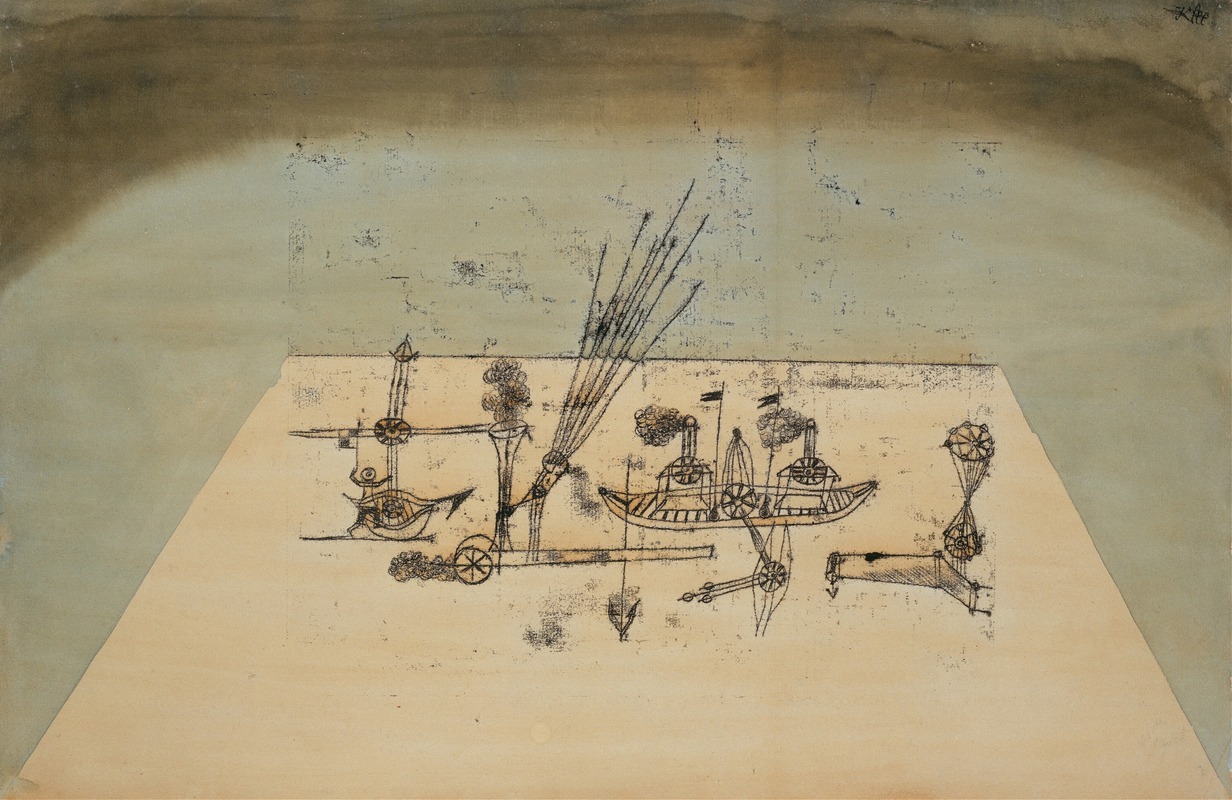
Yellow Harbor
A hand-painted replica of Paul Klee’s masterpiece Yellow Harbor, meticulously crafted by professional artists to capture the true essence of the original. Each piece is created with museum-quality canvas and rare mineral pigments, carefully painted by experienced artists with delicate brushstrokes and rich, layered colors to perfectly recreate the texture of the original artwork. Unlike machine-printed reproductions, this hand-painted version brings the painting to life, infused with the artist’s emotions and skill in every stroke. Whether for personal collection or home decoration, it instantly elevates the artistic atmosphere of any space.
"Yellow Harbor" is a painting by the Swiss-born artist Paul Klee, created in 1932. Klee is known for his highly individual style that was influenced by movements in art that included Expressionism, Cubism, and Surrealism. His work often features a unique blend of abstraction and figuration, and he is celebrated for his inventive use of color and form.
"Yellow Harbor" exemplifies Klee's mature style, characterized by a complex interplay of geometric shapes and a vibrant color palette. The painting is noted for its use of yellow hues, which dominate the composition and create a sense of warmth and luminosity. The title suggests a maritime theme, and the composition may evoke the image of a harbor, though it is rendered in a highly abstract manner.
Klee's technique in "Yellow Harbor" involves the use of oil on canvas, a medium that allows for rich texture and depth. The painting features a grid-like structure, a common element in Klee's work, which he used to organize the composition and guide the viewer's eye through the piece. This grid is filled with various geometric forms, including rectangles, squares, and lines, which are meticulously arranged to create a harmonious balance.
The painting reflects Klee's interest in the interplay between color and form. The yellow tones are complemented by contrasting shades of blue, red, and green, which add vibrancy and dynamism to the piece. Klee's use of color is not merely decorative but is integral to the overall structure and meaning of the work. Each hue is carefully chosen to interact with the others, creating a sense of rhythm and movement.
"Yellow Harbor" was created during a period of significant change in Klee's life. In 1931, he accepted a position at the Düsseldorf Academy, but his tenure there was cut short by the rise of the Nazi regime. In 1933, Klee was dismissed from his position due to his art being labeled as "degenerate" by the Nazis. This period of political turmoil and personal upheaval had a profound impact on Klee's work, leading to a darker and more introspective phase in his artistic output.
Despite these challenges, Klee continued to produce a prolific body of work, and "Yellow Harbor" stands as a testament to his resilience and creativity. The painting is now part of the collection at the Zentrum Paul Klee in Bern, Switzerland, which houses the largest collection of Klee's works and serves as a major center for the study and appreciation of his art.
In summary, "Yellow Harbor" is a significant work in Paul Klee's oeuvre, showcasing his mastery of color, form, and composition. It reflects his unique artistic vision and his ability to create deeply evocative and thought-provoking images, even in the face of adversity.






